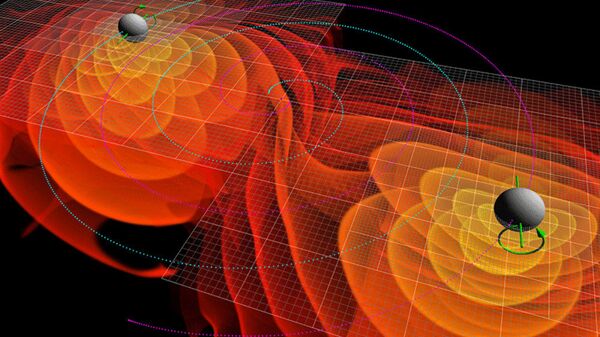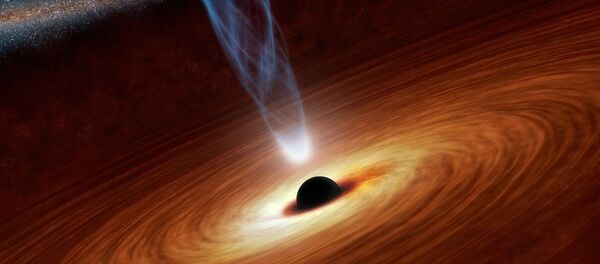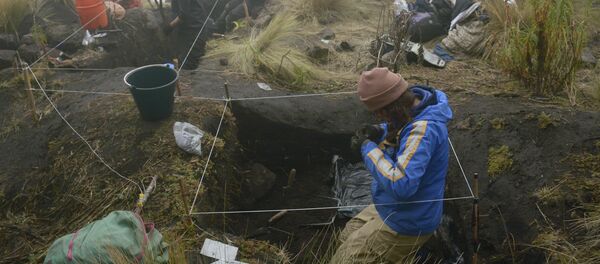Italian professor Eugenio Coccia — president of the Gran Sasso Science Institute and founder of the institute's Center for Advanced Studies — is also a member of LIGO-Virgo scientific collaboration group. He is one of the scientists who confirmed the existence of gravitational waves and has observed merging black holes and neutron stars.
On February 9th Coccie offered a lecture called Gravitational Waves: the Golden Age of Physics at the St. Petersburg Planetarium. Now, he speaks with Sputnik about his discovery.
Sputnik: Professor Coccia, how has the discovery of gravity waves changed our picture of the known universe? How do we explain it to people who do not have your technical background?
Eugenio Coccia: Until now, all information about the universe we had, we acquired via electromagnetic waves — light and photons that reach Earth, passing through galaxies and stars.
Now we can detect the vibrations of space itself. These vibrations are made by sources that emit no light — for example, black holes and neutron stars. That is, we now have hearing in addition to sight. By detecting these vibrations we can receive information from the dark parts of the universe and the most mysterious objects, such as black holes.
RS: To put it another way, you can not only observe the universe, but also hear it?
Eugenio Coccia: Yes, exactly. Now we have information that is different from the data we had before the discovery of gravitational waves.
RS: You have just returned from St. Petersburg, Russia, where you took part in a scientific conference. What is your impression, how did everything go?
This was a popular science lecture, of sorts. I attempted to tell the history of this research and convey those emotions we felt, when we received the first signals.
RS: Do Russian and Italian scientists collaborate in this area? What is the role of international collaboration?
Eugenio Coccia: Collaboration has a very large role. We have worked with Russian scientists many times, especially with Professor Vladimir Braginsky from Moscow State University, and before that — with Professor Rudenko. We worked on the gravitational waves discovery and on the creation of the instruments required for this discovery.
In the area of elementary particle physics, Russia — and the USSR before that — has always been a very important country. In August, I visited the Lomonosov Conference in Moscow, in which the most influential scientists from all over the world took part. The community of physicists who do the advanced research, of course includes Russian scientists.
RS: What role did Italy and Italian research centers (including Virgo) play in the science and discovery of gravitational waves?
Eugenio Coccia: The role of Italy and Virgo was very significant. Italy was one of the first to start researching gravitational waves — since 1970. On the initiative of Edoardo Amaldi and Guido Pizzella, a group was created in Rome, which focused on researching gravitational waves using [Weber] resonant bar detectors. Later, the Alberto Giazotto scientific group was created in Pisa, which included Allain Brillet and a number of French scientists. This group used the Virgo laser interferometer, which is now the cutting edge gravitational waves detector, along with the American LIGO. For many years, this research was conducted in a form of international collaboration. Such collaboration and the possibility to meet scientists from various countries are very important factors.
RS: What goals and challenges does astrophysics community face right now?
Eugenio Coccia: The discovery of gravitational waves introduces a new era in astronomy, and we have gathered information on black holes and neutron stars. Of course, there is still a lot we need to find out about them, the research has just begun. The next puzzle we need to solve is dark matter. We still do not understand how it forms. There are still particles that have not been discovered and that are present in all galaxies. Dark matter research is conducted in underground laboratories, including the Gran Sasso National Nuclear Physics Institute — this is one of the most advanced laboratories, and my GSSI institute is one of those that work with it.




